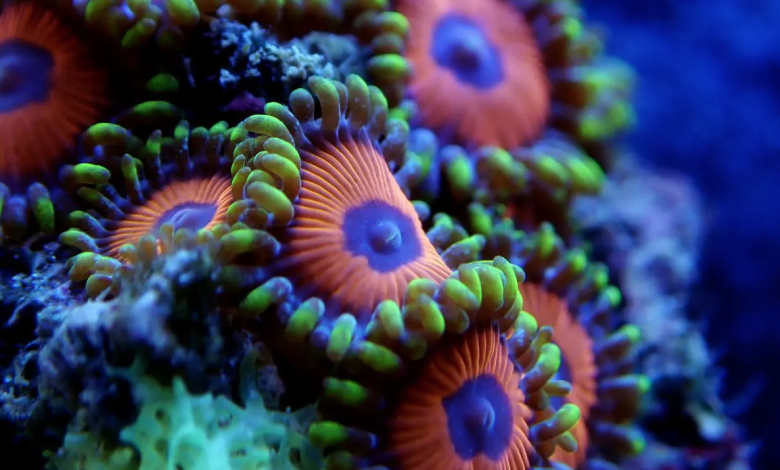Mass death of corals, affected 91% of the coral reef
Is the 4° bleaching event in 7 years for the Australian coral reef
(Sustainabilityenvironment.com) – More than 90% of Australia’s Great Barrier Reef suffered damage due to this year’s sea heatwave. In some areas the percentage of severely damaged corals is very high. This is reported by the Great Barrier Reef Marine Authority in the last periodic update. The first after the mass bleaching event that reached its peak between the second half of March and the beginning of April.
Of the 719 segments of coral reef monitored by plane and helicopter between the Torres Strait and the Capricorn Bunker Group. 654 are those showing more or less evident signs of thermal stress. When the seawater reaches and keeps for several days too high temperatures, the corals begin to go under stress and lose the characteristic pigmentation, becoming a spectral white. This happens because the symbiosis between polyps and algae is broken, with the expulsion of the latter.
Read also March record for the South Pole: climate change marks +22 degrees
“The waters of the Great Barrier Reef warmed early in December 2021, surpassing the historic summer highs that typically occur in the warmer summer months,” the Authority says. The event had truly exceptional proportions. Between November and December, the lowest sea temperatures exceeded the highest recorded in previous years. “Ocean temperatures continued to accumulate heat throughout the summer until early April 2022, with three distinct heatwaves increasing thermal stress throughout the central and northern Great Barrier Reef”.
The results of more accurate and complete monitoring are expected, which also gives an estimate of the recovery capacity of the various sectors of the reef. Meanwhile Australia has to contend with the 4 kg coral mass whitening in just 7 years. “Unusually, this was the first mass bleaching event to occur in La Niña conditions,” meaning that it was a factor in curbing global warming in action, notes the Authority.






